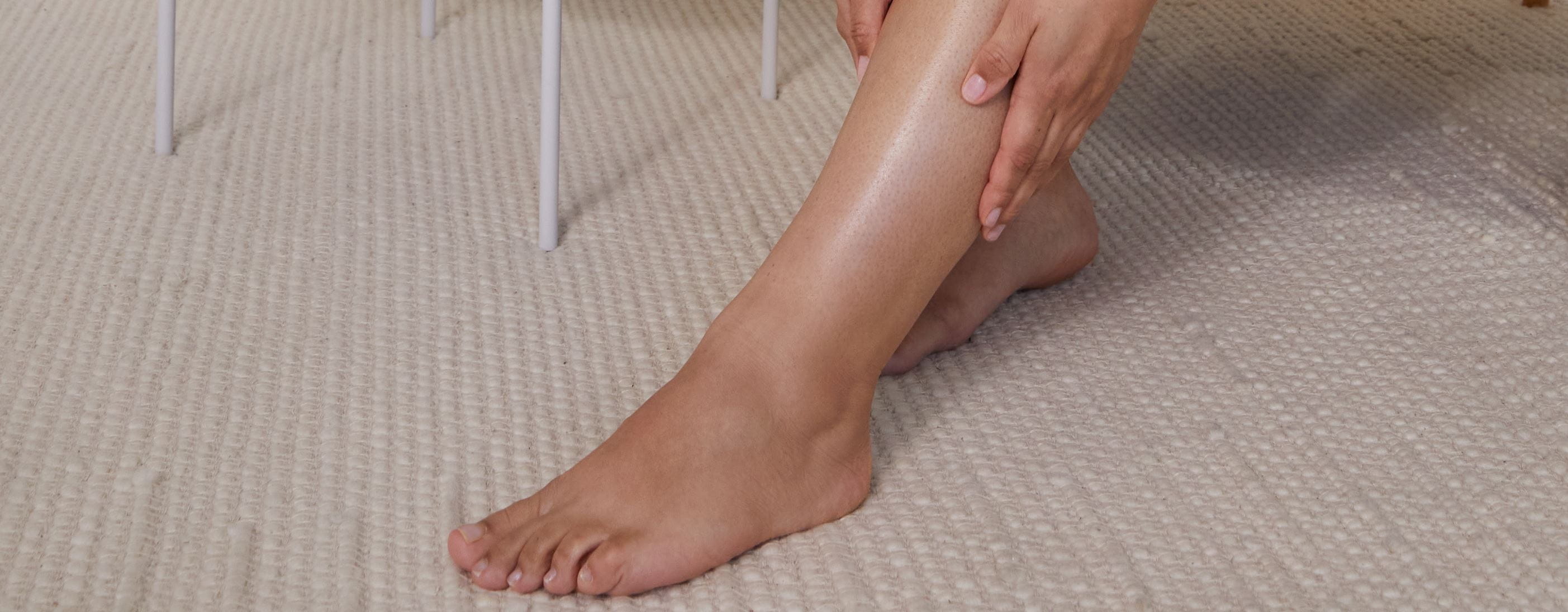
3 tips for removing hard skin on the feet
Take a moment to explore NIVEA's foot care treatments for addressing hard skin on your feet.
Facts Overview

Take a moment to explore NIVEA's foot care treatments for addressing hard skin on your feet.